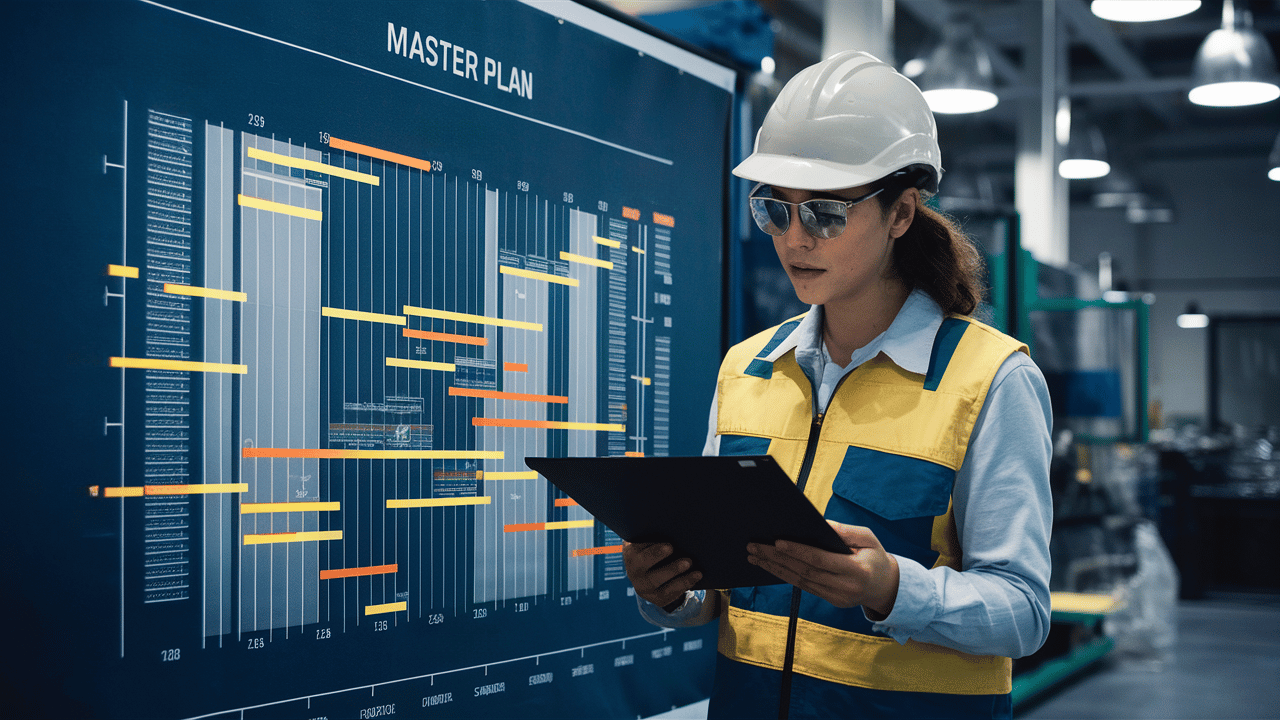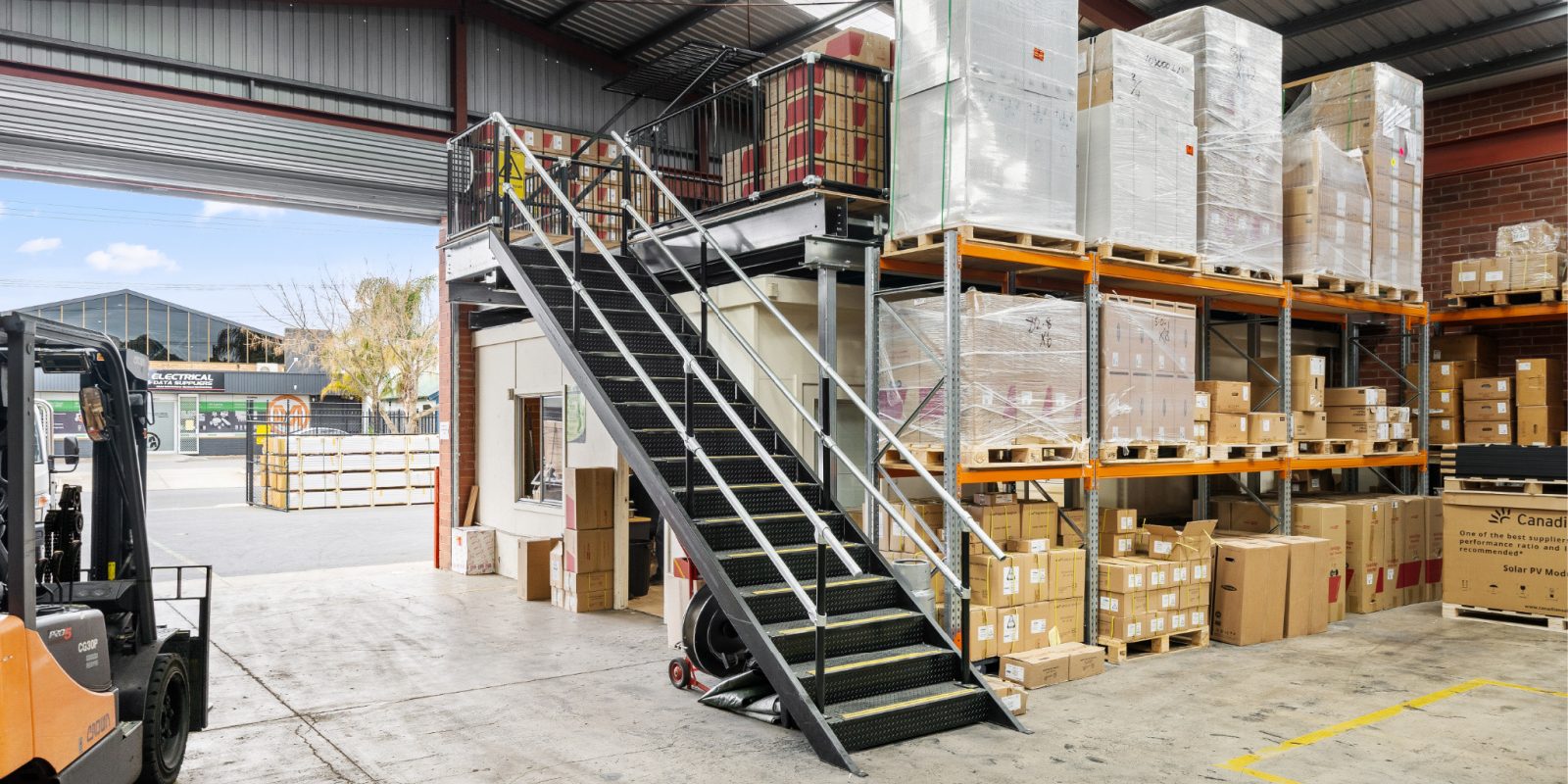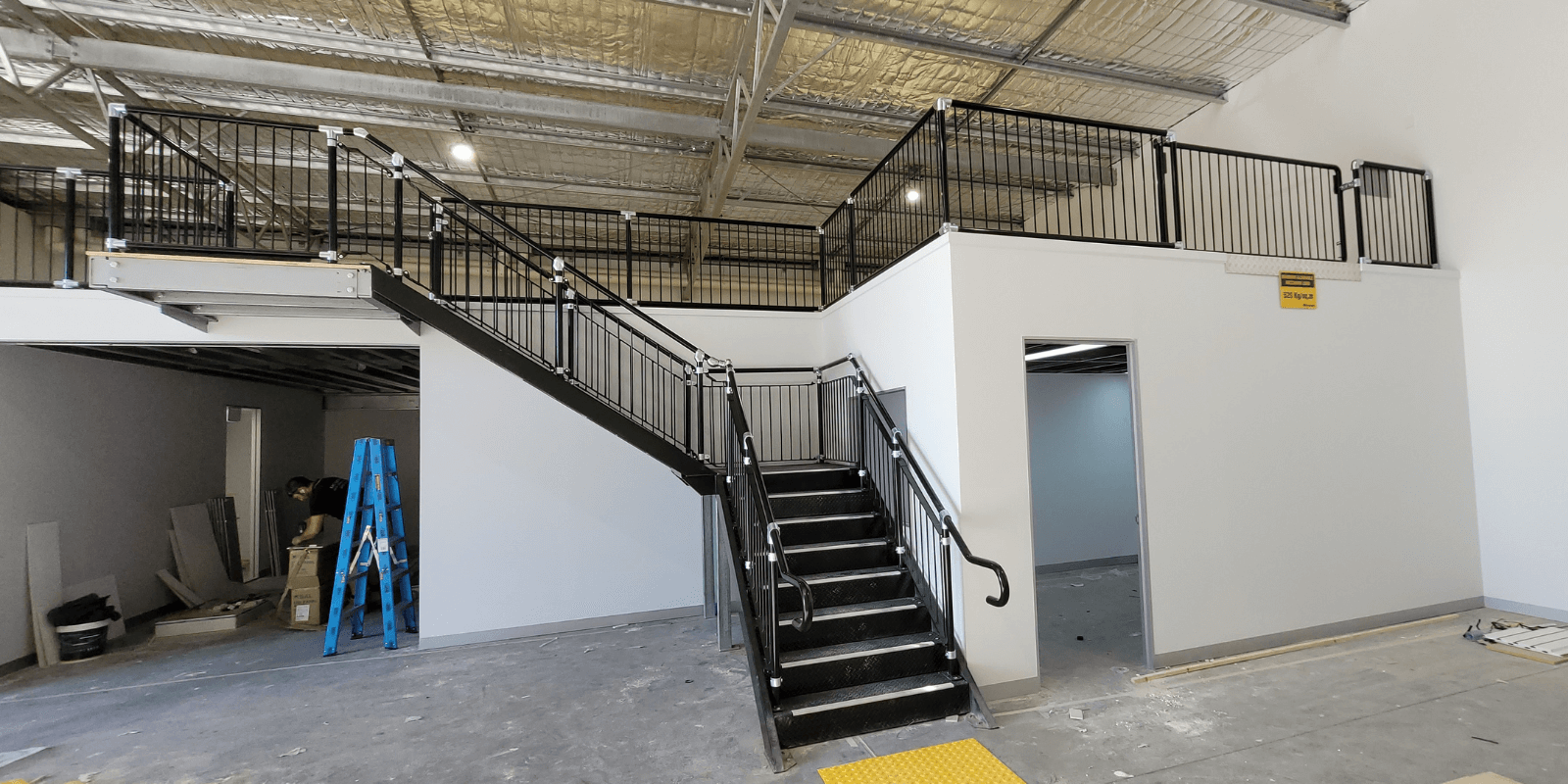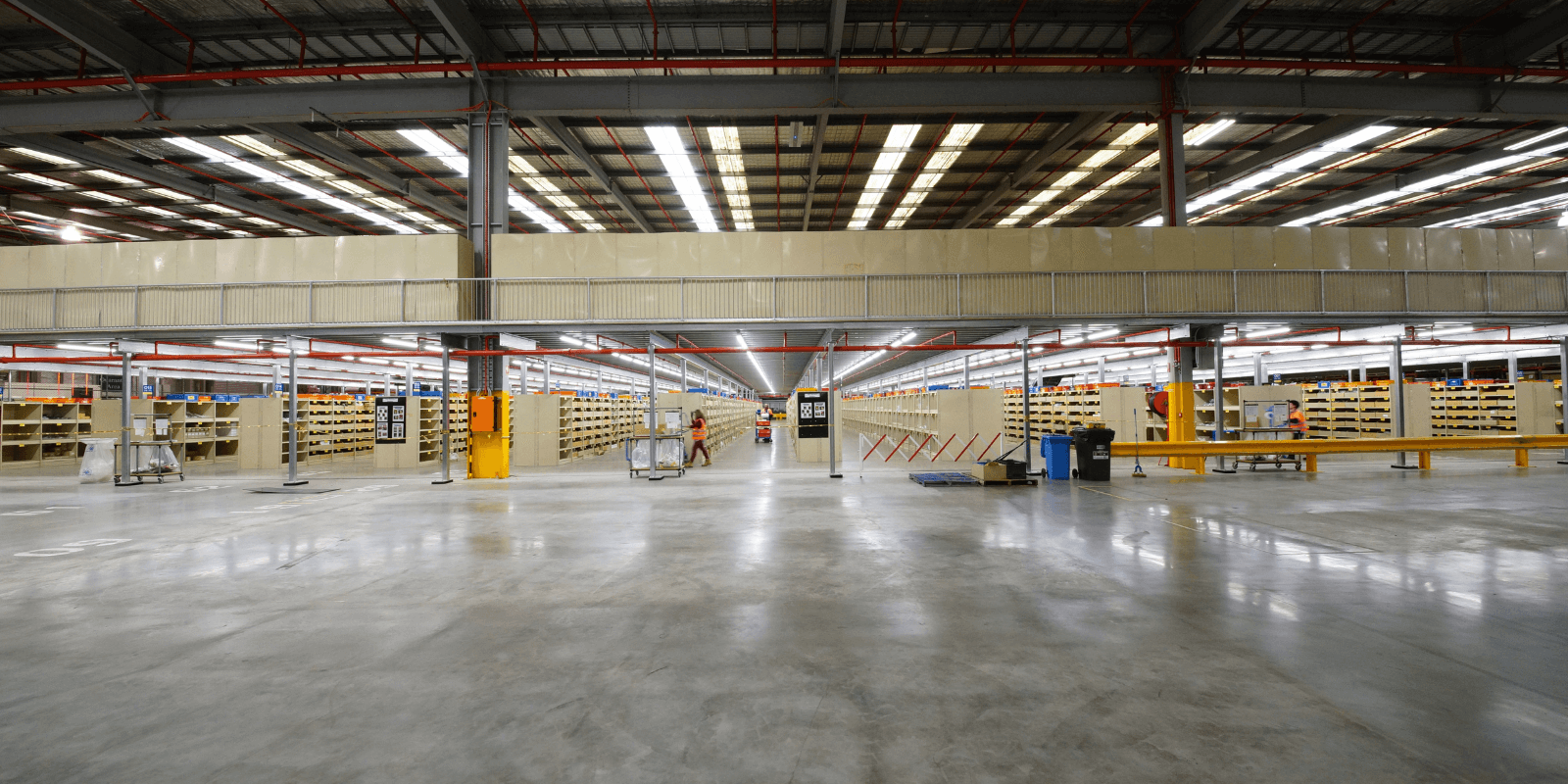In today’s competitive market, improving your manufacturing facility’s efficiency is critical for staying ahead. However, the difficulty is that sometimes you need to upgrade your facility without stopping the production. But how can this be made possible? The answer is detailed planning along with meticulous execution. This article will take you through the steps required to raise your manufacturing facility to another level while your production continues.
Evaluating Your Facility and Your Needs
Conduct a Full-Fledged Audit
Upgrading your manufacturing facility cannot begin by directly transitioning into design and installation phases. Instead, the process should begin with an audit that covers:
- Machinery Inspection: This will assess the condition of all your machinery and equipment, identifying the areas showing signs of wear and tear or the ones using outdated technology, which could hinder your efficiency.
- Workflow Analysis: A big picture understanding of the entire production process can help identify inefficiencies, bottlenecks, and other problems areas, that need to be improved.
- Safety Compliance: All safety protocols need to be reviewed to make sure that all operations are abiding by the latest safety regulations.
Consider using advanced tools and technologies, such as diagnostic software or thermal imaging, which can help in identifying problems that remain unseen to the naked eye. You may also prefer the option of experts who bring an unbiased and professional opinion with their assessment, thus pinpointing the areas that need improvement.
Prioritise Your Upgrades
Let’s face it: not all upgrades are created equal. And to avoid causing unnecessary trouble to yourself, your upgrades should be categorised under these headings:
- Critical Upgrades: These are the ones that are totally critical to safety and production. It could be repairing malfunctioning machinery, optimising space or updating obsolete safety equipment.
- Non-Essential Upgrades: These can be put off without affecting immediate production, such as aesthetic upgrades or non-critical facility expansion.
By ranking your upgrades, you can put the resources into the areas that will make the most significant impact on efficiency and safety.
Create a Master Plan with Your Upgrades
Objectives should be listed out to give direction on your upgrade efforts. You will determine if your objectives are short-term fixes or long-term improvements intended to make significant gains in efficiency. Some relevant objectives might be:
- Downtime Reduction: This objective will strive to decrease the time lost to production through strategic planning.
- Safety Improvements: Raise the bar on the level of safety protocols and equipment to ensure the well-being of employees.
- Efficiency Improvements: This may be improvements intended to make operations more smooth and less wasteful.
Budget Appropriately
After objectives are set up, put together a complete and comprehensive budget plan to address all the costs connected with potential upgrade. These will include:
- Capital: The cost of actual purchase and installation of new equipment.
- Long-term ROI: Projected returns in terms of higher efficiency and less cost in terms of maintenance.
- Financial Assistance: Investigate the availability of loans, grants, and incentives available that support your upgrade project. Some may be offered by the government, while industry-specific grants may also be available.
Phased Upgrades
Schedule upgrades to avoid any significant disruption. The benefits of phased upgrades are:
- Production Continuance: You can carry out one-at-a-time upgrades and, simultaneously, the production can continue at a different place.
- Proper Coordination: Use tools like Gantt charts to create a plan for each upgrade step and track its progress. This will ensure that each step lines up with production schedules.
Modular Upgrades
Implement modular upgrades to improve parts of the production line. Benefits include:
- Reduced Downtime: Only a portion of the production line is affected at any given time.
- Scalability: Modular upgrades can scale up or down with evolving needs.
Work During Off-Hours
Schedule upgrade activities for off-peak hours, including:
- Weekends: Use the off time during weekends for significant upgrade activities.
- Holidays: During holidays, when production is low, schedule major updates.
- Night Shifts: Install less intrusive updates during the night shifts.
Investigate Temporary Solutions
Temporary solutions can bridge the gap during upgrading:
- Rental Equipment: Use rented machinery to keep up the production capacity while the main equipment is being upgraded.
- Temporary Workforce: Hire temporary staff to manage the increased workload or specialised tasks.
Communication and Coordination
Keep Everyone Informed
Effective communication is key to executing a smooth upgrading process:
- Internal Communication: Let your employees know what changes are coming, especially in their work process and work schedules, because of the upgrading process.
- External Communication: Let your suppliers and clients know in advance about the upgrading schedule and help manage their expectations and, consequently, adjust their supply and order processes according to the upgraded schedule.
Safety and Compliance During and After
Follow the Safety Regulations
Adhere to the laid down safety regulations:
- Local Standards: Follow all local guidelines regarding safety, including WorkSafe Victoria and Safe Work Australia.
- Regular Inspections: Continue with the inspections to ensure that all risks are examined and mitigated.
Practical Training
Training should be continued in order to have the workforce ready for the new systems and protocols:
- Frequent Training Sessions: Organise training sessions on a regular basis, more so when new equipment or processes are being taken up.
- Hands-On Demonstrations: Practical demonstration should be made for easy understanding of new systems or protocols.
Continuous Monitoring
Use technology for continuous monitoring of safety and operational efficiency:
- IoT Solutions: Use IoT (Internet of Things) solutions for real-time monitoring and predictive maintenance.
- Periodic Audits: Periodic audits to measure the effectiveness of the upgrades and further improve on them.
Technology & Innovation
Implement Automation and Robotics Solutions
Automation and robotics will significantly improve production efficiency:
- Speed: Automation speeds up the rate of production with a reduction in cycle times.
- Precision: Robotics provides a high level of accuracy and eliminates human errors.
IoT and Smart Solutions
Use IoT and smart manufacturing solutions for enhancing the operations:
- Predictive Maintenance: Predict and prevent equipment failures with IoT sensors.
- Data Analytics: Analyse production data for identifying trends and optimising processes.
Sustainable Practices
Use sustainable practices to improve efficiency and reduce the environmental impact:
- Energy-Efficient Machinery: Invest in low-energy machinery and reduce the cost of operations.
- Recycling Programs: Conduct recycling programs and reduce waste and harm to the environment.
FAQs
Q: What are some of the things we should watch when making an upgrade in our manufacturing process?
A: In upgrading, pay attention to the following:
- Machinery Efficiency: Ensure all equipment is up-to-date and functioning at their best level.
- Optimise Space & Workflow: Maximise use of space and streamline processes to iron out bottlenecks.
- Safety Compliance: Adhere to all safety regulations to protect employees.
Q: How can we reduce the downtime?
A: To ensure minimal downtime, do the following:
- Work Off-Hours: Schedule your upgrades during off-peak hours.
- Use Additional Solutions: Employ temporary equipment or staff to ensure that production goes on.
- Modular Updates: Install upgrades in modular stages to allow for seamless production.
Q: What are the costs of making a manufacturing process upgrade?
A: The cost varies greatly depending on the scope of the upgrades and the size of the facility:
- New Equipment: Normally, maintenance costs are lower and return on investment is higher.
- Customisation: The initial investment is higher, though benefits are over the long term by having tailor-made solutions.
Q: What do we need to take into consideration in upgrading the process with regards to employees?
A: The following need to be taken into consideration with regards to employees:
- Safety Regulations: Ensure that all safety standards are adhered to.
- Training: There is constant training for new equipment and protocols.
- Monitoring: The ability to monitor safety and operational efficiency via technology.
Summary
Improving your manufacturing process without halting production requires strategic planning, meticulous execution, and continuous improvement. By leveraging technology, utilising vertical space optimisation solutions like mezzanine floors, and incorporating sustainable practices, you can enhance efficiency and competitiveness. Focus on modular upgrades, work during off-hours, and keep all stakeholders informed to ensure a smooth transition. With careful planning and execution, your manufacturing facility can achieve significant improvements without disrupting ongoing production.
No Obligation Consultation -
Your Questions,
Our Expertise
Why Chat With Us?
We understand the importance of making informed decisions. This is why we offer a no-obligation consultation with our specialist consultants. Our team of experts consultants is not just knowledgeable; they are passionate about providing bespoke solutions that fit your unique needs.



